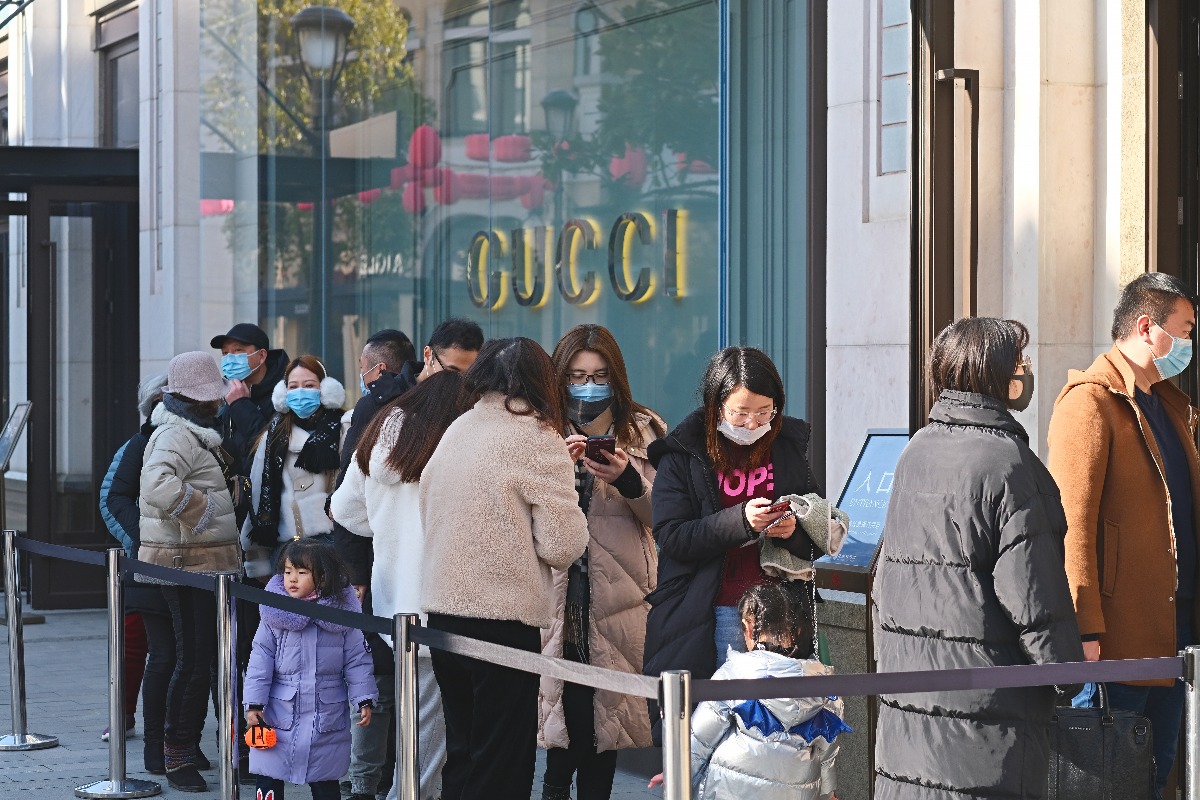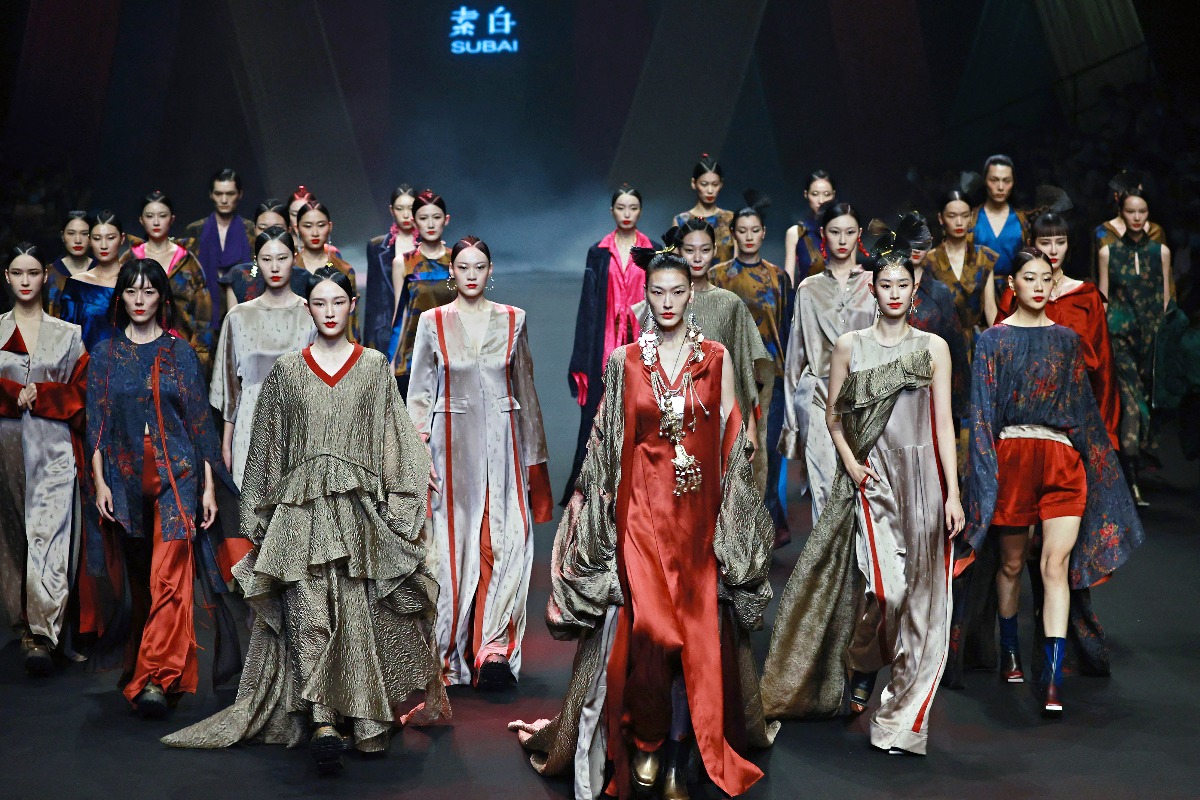

Considering the significant increase in disposable incomes, the expansion of the nouveau riche and the tradition of giving gifts that is embedded in Chinese culture, the massive boom in the Chinese luxury sector in recent years is anything but surprising. In addition, a number of international players have appeared in the domestic market. Luxury brands that have faced challenges in other parts of the world tend to find their accounts in China.
However, it is interesting to note that there is a significant price difference between luxury goods available in China and those on the international market. Consulting company Labbrand has taken a luxury brand bag as an example: if you buy a given model in China, you may have to pay up to 80 percent more than if you are buying it in Europe or in North America. This huge difference comes from the high Chinese customs tariffs on luxury goods. The analysis also reveals that even if tariffs were lower, the customers’ high expectations and willingness to buy would not make the product much cheaper.
